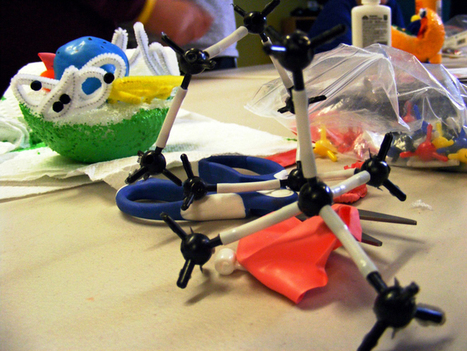John Hattie is a professor at the University of Melbourne, Australia. He is famous for a book, Visible Learning, which claims to review every area of research that relates to teaching and learning. He uses a method called “meta-meta-analysis,” averaging effect sizes from many meta-analyses. The book ranks factors from one to 138 in terms of their effect sizes on achievement measures. Hattie is a great speaker, and many educators love the clarity and simplicity of his approach. How wonderful to have every known variable reviewed and ranked!
However, operating on the principle that anything that looks to be too good to be true probably is, I looked into Visible Learning to try to understand why it reports such large effect sizes. My colleague, Marta Pellegrini from the University of Florence (Italy), helped me track down the evidence behind Hattie’s claims. And sure enough, Hattie is profoundly wrong. He is merely shoveling meta-analyses containing massive bias into meta-meta-analyses that reflect the same biases.
Research and publish the best content.
Get Started for FREE
Sign up with Facebook Sign up with X
I don't have a Facebook or a X account
Already have an account: Login
News, reviews, resources for AI, iTech, MakerEd, Coding and more ....
Curated by
John Evans
 Your new post is loading... Your new post is loading...
 Your new post is loading... Your new post is loading...
|
|











